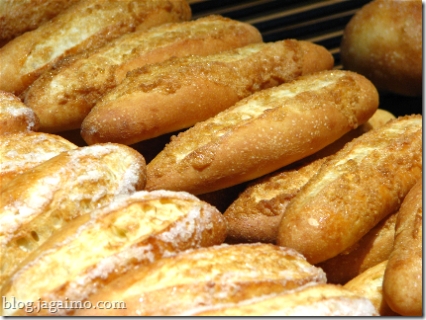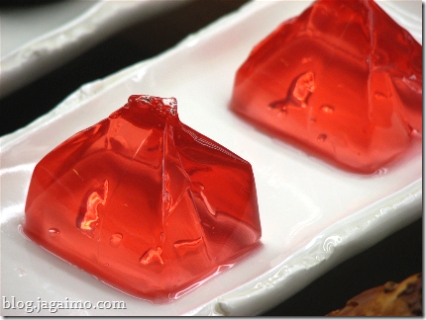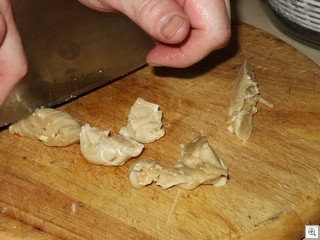I can't remember exactly when I first heard of saffron kulfi, but I think it was mentioned in a Bharti Kirchner novel, or perhaps a desi short story collection. The book waxed poetic about the value of slowly simmering saffron and cardamom, which reduces the volume of the milk by about half while thoroughly infusing it with the aromas of the spices. This is a time-consuming, hour-long or more process, only possible to achieve on fairly moderate heat with plenty of patience.
It seems unlikely that you could accomplish the same level of flavor by pulling out a can of condensed milk and stirring the ingredients together, no matter how long you wait for the cold ingredients to meld together. The extra labor is totally justified by the results.
That being said, I'm fairly lazy, as obsessive cooks go... I delight in simplicity. The unusual level of labor means I haven't made this for about 5 years, when it was unceremoniously and completely devoured, along with some sort of sorbet, in less than 15 minutes at a dinner party I hosted. This time I served it to a much smaller crowd, so that I could guarantee I'd have more than a spoonful to taste for myself. I'm jealously guarding what remains.
Kulfi is not truly an ice cream, but simply a frozen dessert made in molds or even ice cube trays. It's rather unlikely to be churned, so the result will typically be quite firm and popsicle-like. However, thanks to my Cuisinart ice cream maker and a generous hand with cream, it develops a remarkably smooth, soft texture, and can fairly be called an ice cream.
Kesar Kulfi with Salted Pistachio
Ingredients
- 8 cups milk
- 1 cups cream
- A generous pinch of saffron, about 8-12 strands
- 1 tsp. ground cardamom (best if freshly ground)
- 1 cup sugar
- A few tablespoons shelled pistachio nuts, coarsely ground with a pinch of salt and a heavier pinch of sugar
- Additional pistachio for garnish, if desired
Bring the milk, saffron and cardamom to a gentle simmer. Stir regularly as the milk simmers until the volume of milk is reduced by half.
Add sugar to dissolve. Add cream, and refrigerate until chilled, generally several hours or overnight.
Pour mixture into an ice cream maker with a 6 cup capacity (if your machine is smaller, the recipe can easily be halved). After 20-25 minutes, stir in most of the seasoned pistachio mixture.
I reserved some of the pistachio mixture for a nifty silicone mold I generally leave, neglected, stowed above my kitchen cupboards. I simply sprinkled the pistachios into the bottom of the mold before pouring in the ice cream mixture. Freeze the molds overnight. Unmold and serve, perhaps with some additional broken pistachios.
If you don't have such a mold, sprinkle the pistachio over scoops of ice cream after it's hardened in the freezer overnight.
In place of pistachios, almonds work quite well.
This kind of kulfi is ordinarily poured straight into a mold and frozen, rather than using the intermediary step of an ice cream maker, but the ice cream maker results in a smoother, softer texture. The extra cream, generally not used in Indian recipes, makes the ice cream extraordinarily rich and indulgent.
Although it's also not typical in Indian recipes for kulfi, the small hint of salt in the pistachio helps bring out all the other flavors in the ice cream. Like the great salted peanut butter ice cream at Seattle's Veil, one of the most remarkable items I've sampled there, it may evoke some strong reactions: At Veil, people either love it or hate it. I don't use as much salt as Veil does in my pistachio blend, so nobody who has tried my version was terribly shocked, but getting the balance might be tricky. Start with just a little pinch.
This is my little entry for YumSugar's For the Love of Ice Cream Challenge.




























